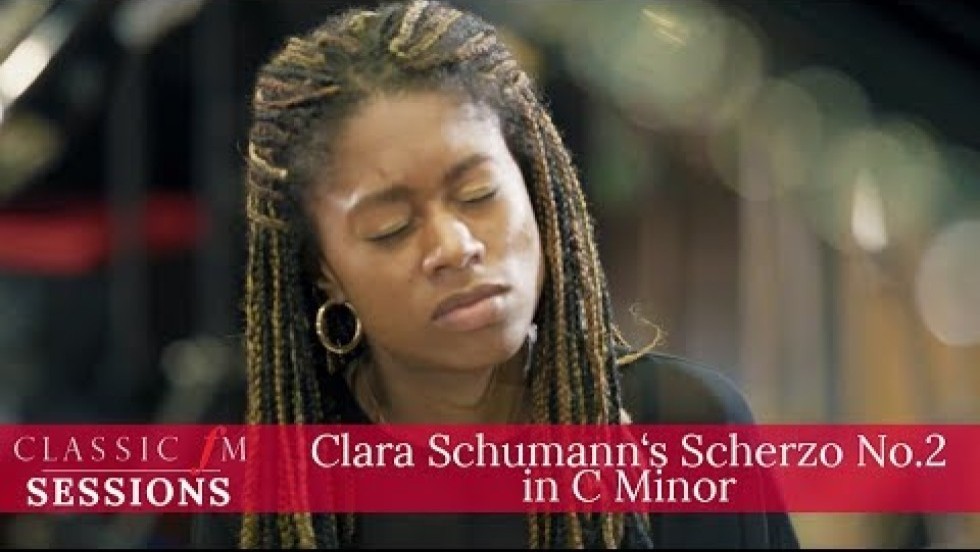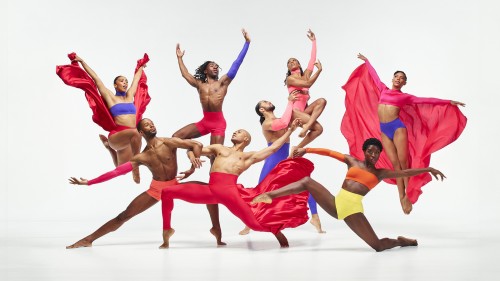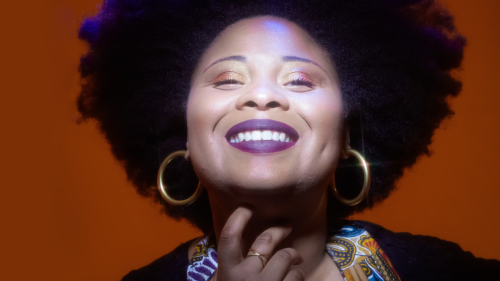Fanny Mendelssohn’s legacy, for better or worse, has often been tied up with that of her famous and highly regarded brother Felix. That her music is often conflated with and compared to his is both unfair and a testament to her monumental talent as a musician. Considering her compositions in the wider context they deserve, they consistently match or surpass the best music written in the period in ability and imagination. Mendelssohn’s Easter Sonata, originally misattributed to her brother upon its rediscovery in the 1970s, was finally correctly identified as her composition in 2010 and is a milestone in her career. It is a clear signal that here is one of the great talents of 19th-century music.
The piece is a model of the kind of composition a talented composer in her early 20s writes: an ambitious statement of what she has learned, an electric and eclectic showcase of her knowledge and technique. The first movement is emblematic of this, using a simple three-note descending figure as the main thematic material for a remarkably varied sequence of music. The textural variety is notable and impressive. Mendelssohn’s understanding of the range of colors a piano can produce is evident in constant shifts between bright and dark passages. The very recently deceased Beethoven, his late work for piano especially, is a clear inspiration for this movement, showing how in touch Mendelssohn was with current trends in avant garde music.
If the first movement showcases Beethoven, the second movement does the same with J.S. Bach. It is a prelude and fugue clearly patterned on Bach’s work in that form. It begins hymn-like before transitioning to the fugue, where one melody is introduced before other imitations of that melody join in a complex web. Mendelssohn’s treatment of the fugue, modeling Bach’s most adventurous work, is dense from start to finish, never resting in its shifts in harmony and texture.
The third movement, a lively scherzo reminiscent of both her and her brother’s work in the form, presents a contrast to the heavier second movement and a push toward the finale. It consistently compels itself forward, feeling as if it is always moving upward. In the end, though, the music simply dissolves until a playful trickle of notes concludes the movement.
The finale begins tempestuously and remains blustery for most of the movement. Its boldness and energy are especially apparent in the rumbling rapid fire bass lines and broad chords. The first and second movement themes have returned, transformed to match the energy. Suddenly, though, and rather unusually for a finale, the bass line dampens, the music slows, and the piece gives way to a simple reading of a chorale, the hymn “Christ, thou Lamb of God.” It is the first and only time the piece’s seasonal name is overtly referenced, as if Mendelssohn is reminding herself of what she feels is truly important. It is both whimsical and humbling, a quiet and patient ending to an otherwise dense piece of music.



